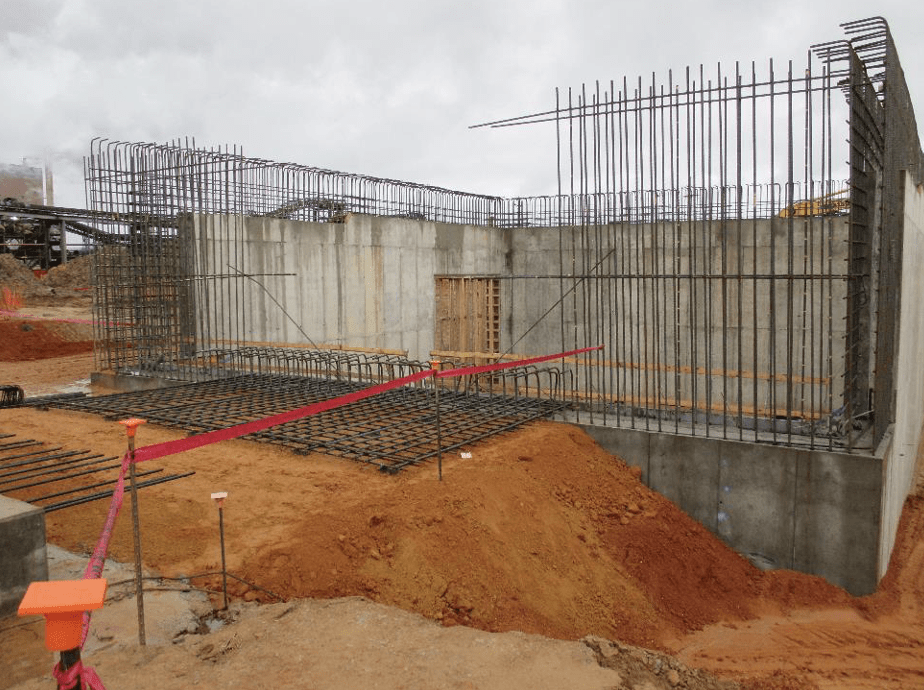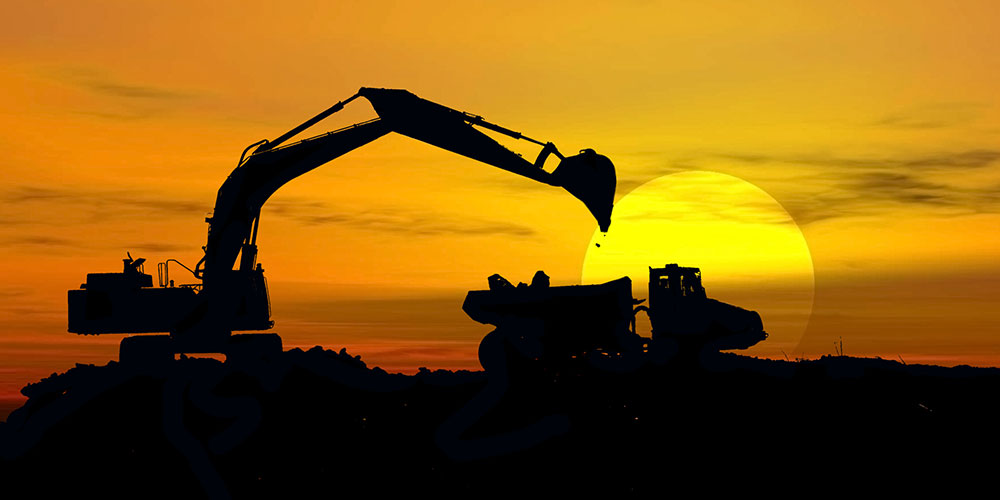How Consulting Engineers Enhance Geotechnical Design Projects: Insights Into Their Expertise, Approaches, and Collaborative Approaches
Consulting designers are crucial in boosting geotechnical engineering projects, applying their specialized understanding to browse the complexities of subsurface conditions. Their joint approaches foster communication amongst varied task stakeholders, ultimately forming the project's trajectory.
Function of Consulting Engineers
The proficiency of consulting engineers in geotechnical engineering is basic to the successful execution of construction jobs. These professionals play a pivotal function in evaluating dirt and rock residential or commercial properties, which are vital factors affecting design and building and construction choices. By performing extensive site examinations, seeking advice from designers accumulate essential information that educates the layout process, guaranteeing tasks are built on steady and ideal ground.
Consulting designers additionally offer invaluable insights into threat administration (geotechnical geologist). They determine possible geotechnical threats, such as landslides, dirt liquefaction, and negotiation problems, enabling stakeholders to implement efficient reduction approaches. Their know-how help in optimizing structure layouts, which can lead to significant price financial savings and boosted safety and security
Additionally, speaking with designers function as a crucial web link in between job proprietors, designers, and contractors. Their capability to convert intricate geotechnical information into actionable recommendations promotes collaboration and facilitates educated decision-making throughout the job lifecycle. This multidisciplinary strategy not only enhances project efficiency yet likewise guarantees conformity with regulative standards and ideal practices.
Secret Methods in Geotechnical Engineering

One key technique is website examination, which includes performing field tests and research laboratory analyses to collect data on subsurface problems. Strategies such as Criterion Penetration Testing (SPT) and Cone Penetration Screening (CPT) are extensively utilized to assess soil stratigraphy and stamina. Additionally, geophysical approaches, including seismic and electrical resistivity surveys, provide non-invasive ways to examine subsurface qualities.
Another critical methodology is mathematical modeling, which allows designers to simulate various situations and anticipate just how soil-structure interactions will behave under different loading conditions. Finite Element Evaluation (FEA) is a common strategy utilized in this context.
In addition, the design of foundations, keeping structures, and earthworks relies heavily on these methodologies - geotechnical geologist. By integrating advanced logical tools with area information, getting in touch with engineers can develop customized services that address particular project challenges, eventually adding to the stability and safety of building and construction jobs
Significance of Soil Evaluation
Dirt evaluation functions as a fundamental aspect in geotechnical design, offering essential understandings into the physical and chemical properties of dirt necessary for effective building preparation. Comprehending dirt features is crucial for determining its load-bearing capability, water drainage actions, and capacity for settlement or instability. Detailed dirt examinations, including tasting and lab testing, aid recognize specifications such as dirt type, wetness content, thickness, and shear stamina.
These evaluations educate the selection of suitable construction methods and materials, eventually influencing project safety and long life. As an example, cohesive soils may call for different structure designs compared to granular soils, necessitating tailored engineering options. Furthermore, soil evaluation aids in recognizing impurities that might posture threats to human health and wellness or the environment, permitting for the advancement of mitigation methods.
Including dirt analysis into the beginning of job advancement aids to minimize unanticipated difficulties, making certain that designers can prepare for and address potential problems prior to they rise. By straight from the source establishing a comprehensive understanding of the site problems, getting in touch with engineers can maximize layout efficiency and decrease costs, thereby boosting the general success of geotechnical design jobs.
Joint Approaches in Projects
Successful geotechnical jobs typically pivot on joint methods that combine varied competence from various disciplines. Efficient collaboration among getting in touch with designers, rock hounds, environmental scientists, and building experts is crucial for attending to complex obstacles and maximizing project results. By leveraging the unique abilities and knowledge of each team member, projects can take advantage of a holistic understanding of the site conditions, regulative requirements, and engineering restrictions.
Normal interaction and interdisciplinary conferences help with the sharing of understandings and foster a culture of synergy. These collaborative efforts make it possible for the recognition of possible dangers early in the task lifecycle, permitting timely mitigation strategies. Incorporating responses from stakeholders, consisting of regional communities and regulatory firms, ensures that all perspectives are considered, boosting task approval and compliance.
In addition, the combination of innovative innovations, such as Geographic Information Equipment (GIS) and Structure Details Modeling (BIM), more boosts partnership. These devices permit the real-time sharing of information and visualization of geotechnical problems, advertising educated decision-making. Eventually, a collective strategy not only enhances task implementation but also lays the foundation for cutting-edge remedies to complex geotechnical engineering challenges.
Impact on Project Outcomes

Consulting designers employ innovative techniques such as risk evaluation and anticipating modeling, which enhance the precision of task projections. Their capability to integrate cutting-edge modern technologies, like geotechnical instrumentation and data analytics, additionally refines the style and building procedures. Because of this, projects experience enhanced efficiency, lowered costs, and lessened hold-ups.
Furthermore, promoting reliable communication and partnership amongst employee improves analytic capacities. When challenges develop, a joined front permits swift identification of options, protecting against potential problems. Eventually, the joint initiatives of speaking with designers add to better outcomes, guaranteeing that jobs satisfy both regulative requirements and customer assumptions.
Final Thought

Comments on “Experienced Geotechnical Geologist for In-Depth Ground Investigations”